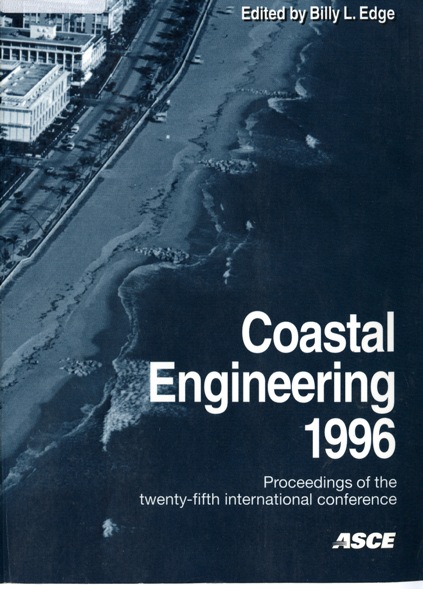Abstract
Utilizing eight years of wave measurements from the U.S. Army Corps of Engineers Field Research Facility (FRF), this study develops a long-term probabilistic model for the energy-based significant wave height (Hmo) based on the shifted gamma distribution. The method of moments is used in best-fit model parameter estimation. Shifted gamma distributions are developed for the entire eight years of Hmo data, as well as for the individual years in the data set. The shifted gamma distribution represents the FRF Hm0 data for both the total and yearly data sets. Further, the distribution which represents the total, or long-term, data also effectively models the yearly data, indicating that the shifted gamma distribution is a useful engineering tool for predicting long-term wave climate.
Authors retain copyright and grant the Proceedings right of first publication with the work simultaneously licensed under a Creative Commons Attribution License that allows others to share the work with an acknowledgement of the work's authorship and initial publication in this Proceedings.

